Cia Palimsesta. A physical laboratory testing the human condition
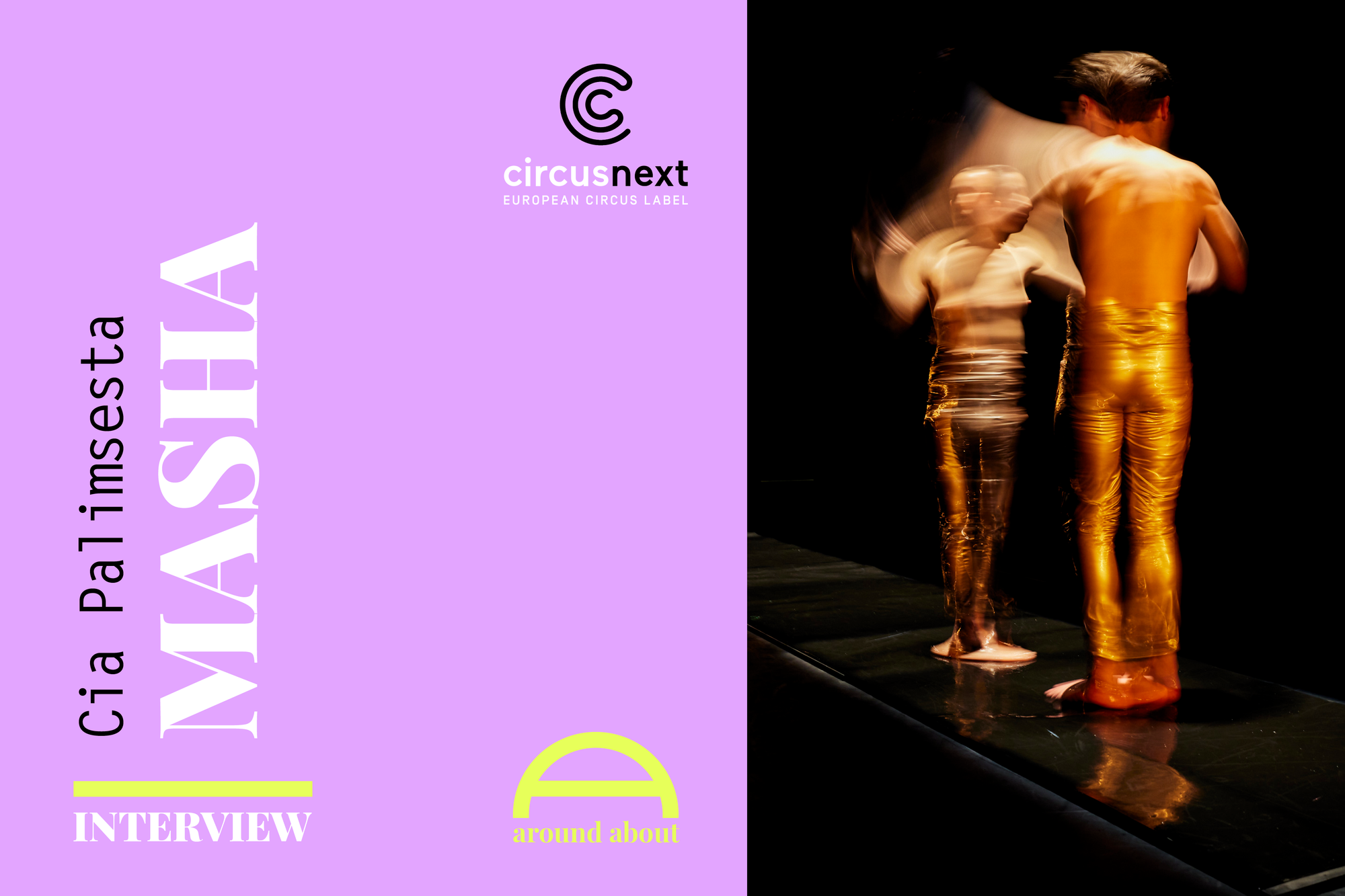
Andrea Rodriguez de Liebana & Sergio Gonzalez started their research on the performance Masha in 2021, combining their interest in experimenting with various circus techniques, revealing innovative and forward-thinking approaches. From experimenting with the vertical dimension of a tiny Chinese pole, their attention shifted to the horizontal space of a linoleum floor strip. Using the slippery material of body oil guided them to study micro-movements combined with sounds and amplified their stoic presence. By choosing a bifrontal stage, an impalpable connection between performers and spectators is spread in the air as they confront each other. The piece becomes a live laboratory, testing the audience's temperature as they study both the performers and the observers opposite. For the circusnext series of interviews, we met the two authors, who are based in Barcelona, online and reflected on various aspects of their performance.
Cia Palimsesta, Masha - promo video
How did you meet and have the idea to found the company?
Andrea: I discovered circus while studying and working as an architect. I attended Centro de las Artes del Circo Rogelio Rivel, studying trapeze and Chinese pole and ending school with my personal act. I realised I wanted to continue the research in creating a solo. Towards the end of the creation for the final presentation, Sergio came to help me, and we started talking about working together.
Sergio: I have been doing circus for quite a long time now. I collaborate with other companies, Los Galindos and Joan Català, and run another artistic project, EnDiciembre, with Silvia Capell. What I have in common with Andrea is that we both studied Chinese pole. I trained at the National Centre for Circus Arts in London, and our ideas pretty much match.
Andrea: In 2021, we started working together on various ideas, and our project evolved into a public presentation at La Central del Circ in Barcelona. We had this first very intuitive glimpse at a show of 20 minutes, and gradually we started to know more about each other and how to work together. At the beginning, we researched with gadgets and my little Chinese pole of 1 meter, 80 centimetres. We also experimented with water, and with hand-to-hand combinations. At a certain point, we escalated the slippery pattern. We wanted to try body oil, and it remained central in our further research.
Sergio: At that time, I was already a resident artist at La Centrale del Circ, and circusnext was in my thoughts. With all the information I collected over the years about contemporary circus, it was a natural choice to apply later.
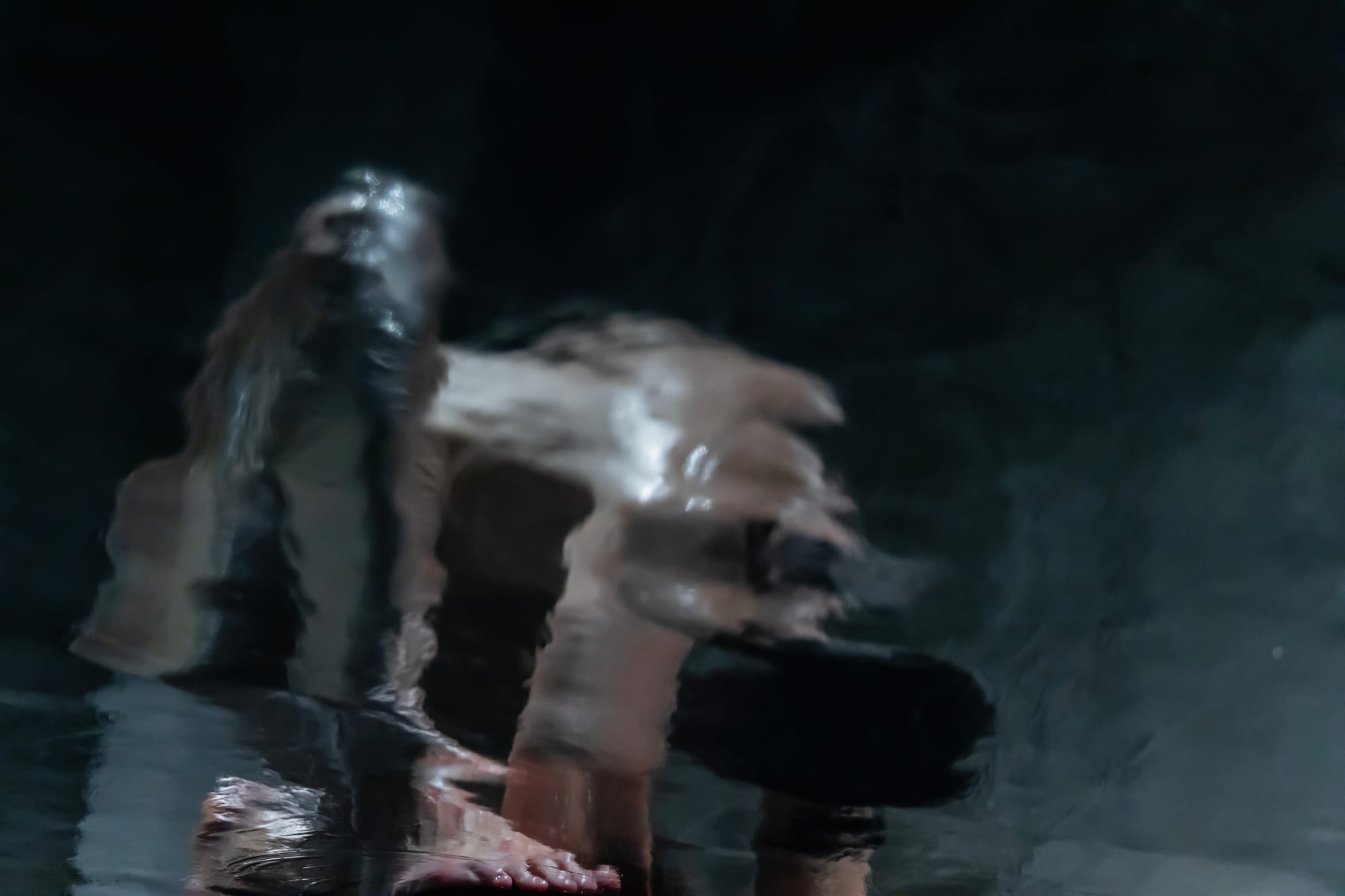
Palimsesta. A powerful word from Greek that underlines the aspect of "something reused or altered but still bearing visible traces of its earlier form". What are you re-writing through your practice, and what are you preserving from the past?
Andrea: The significance is related to the fact that when you want to do something new - or something different from what you are doing - you cannot forget where you come from and what you were doing before. For me, it is relevant to connect new things you try out with what you have already learned, creating a sense of continuity. In that sense, Palimsesta might be seen as contrary to the Tabula Rasa, the blank state approach of ‘nothing is already there, and everything is new.’ It contains a sense of transversality since you cannot re-set yourself and start something new because you draw your ideas from the knowledge you collect through time.
Sergio: I connect the company's name to a visible quality that underlines the essence of us as circus artists. As physical human beings, we can use our ideas as we want. It is the capability of our bodies that emerges, allowing us to do our acts. It is also associated with the movements that emerge from the interaction with the slippery surface during our show. They naturally started to come out. Since the beginning, we were focused more on the investigation than on the creation of a show, and listening to what was going on, we decided to remove the circus apparatuses in favour of the explorative interaction of our bodies on a horizontal level.
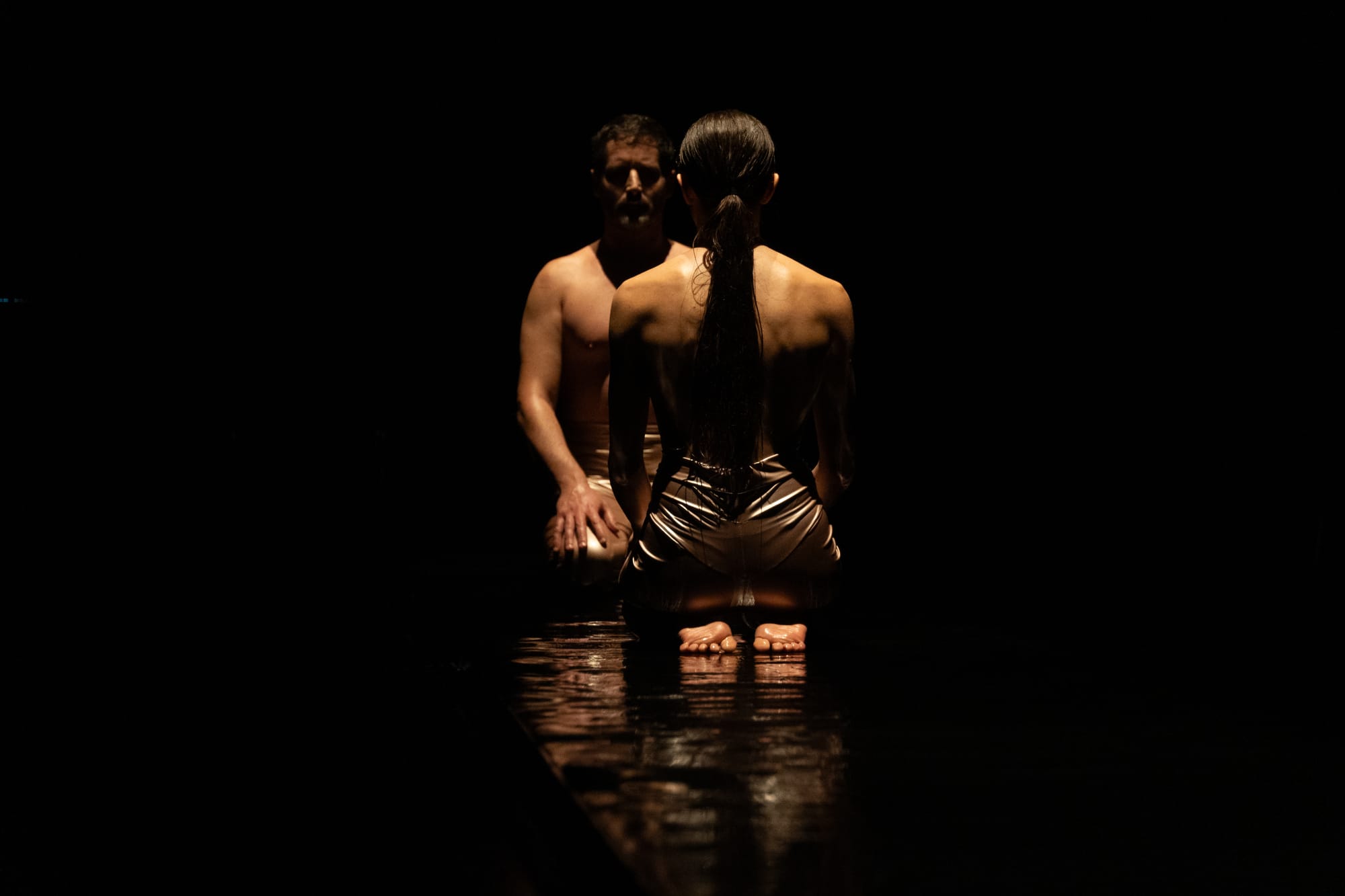
Two bodies on stage are looking at each other. One is recognisable as a woman shape and the other as a man. What were the main interests you wanted to investigate concerning gender?
Andrea: Talking about gender came about spontaneously because we can be perceived as a man and a woman, but we did not want to choose an easy path. We wanted to escape the common classic power images that you take for granted in gender identity. These can affect you when you see a body that is bigger than the other or a torso that is naked while the other is not. But, also, when you see a body doing a movement that you consider “strange” when associated with a specific sex.
Sergio: We started to think further about bodies and corporality, and from gender, we discovered another layer. Gender is related to behaviours, so we tried to reduce the differences between the two bodies and investigate what happens with the audience when you see a neutral body on stage, to provide a place to reflect on bodies, to see what happened.
Your presence is almost celestial on stage. Is Masha an alien research on being human…a laboratory on the human condition?
Andrea: I found the alien word very interesting because it refers to a condition that is extra-human but in reality comes from the word alienation which can often describe the condition of human beings nowadays. Relationships between people are becoming more and more difficult and in that sense I do not feel that we do something strange on stage… we represent a sort of quality that we perceive currently among humans.
Sergio: The creation process has been very deep concerning thoughts, and we are still observing human behaviours. Masha reveals a feeling of desperation, a tension in the context. I connect our reflections on this specific condition to our reflections on humanity.
Andrea: Our neutrality on stage helps people to connect to their own projections and makes people relate to what they see inside themselves to their experiences. Nothing is literal. There are moments of interaction, manipulation, relation, and even momentary disconnections, which can remind us of the typical distractions of digital hyperconnection.
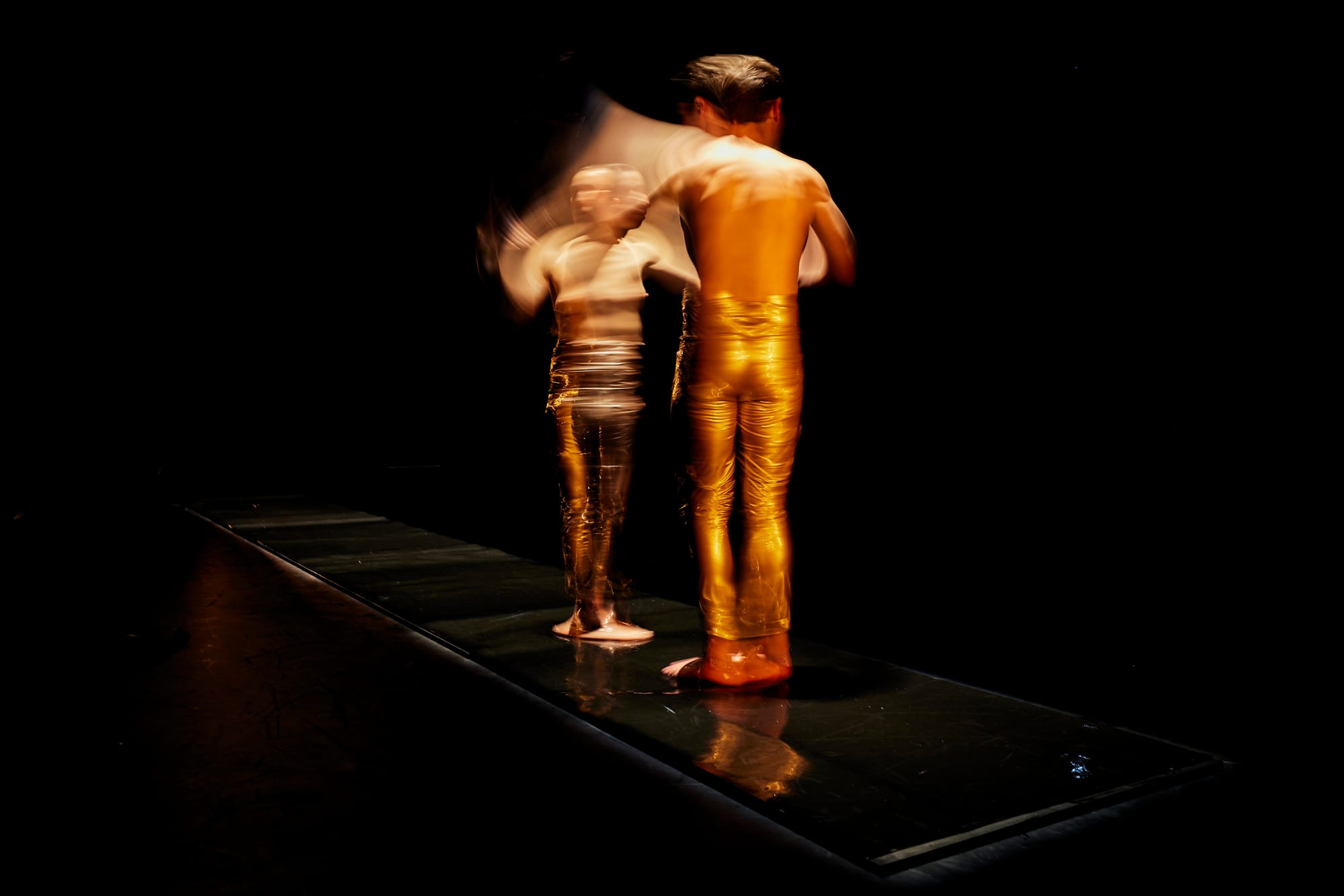
How did the research through movement start and develop?
Andrea: We needed a surface on the ground to let the body oil run on, and we found the solution in the linoleum strip. On it, we noticed that we were moving in a straight line, and our body positions became naturally opposite, one in front of the other. We then researched removing any acrobatics in favour of postures you can assume in everyday life, even if you are not a circus artist. From these basic positions, like standing or being on our knees, we started to work on finding unusual ways of moving and creating displacements, working on precision in a non-precise medium.
Sergio: We found it interesting to keep the two sides clear and not cross the bodies, creating a strict system that maintains a clean order. This factor helped us to find more and more body positions to interact with. In the beginning, sliding sounded too simple. We started to try to find micro-movements. The body oil allows us to move different body parts as they are isolated, rotating and sliding in a specific way. We start looking in that direction, and through improvisations, the natural movements emerge, creating blocks of phrases. We juggled these sequences to stress a meaning until they became a structure that felt good.
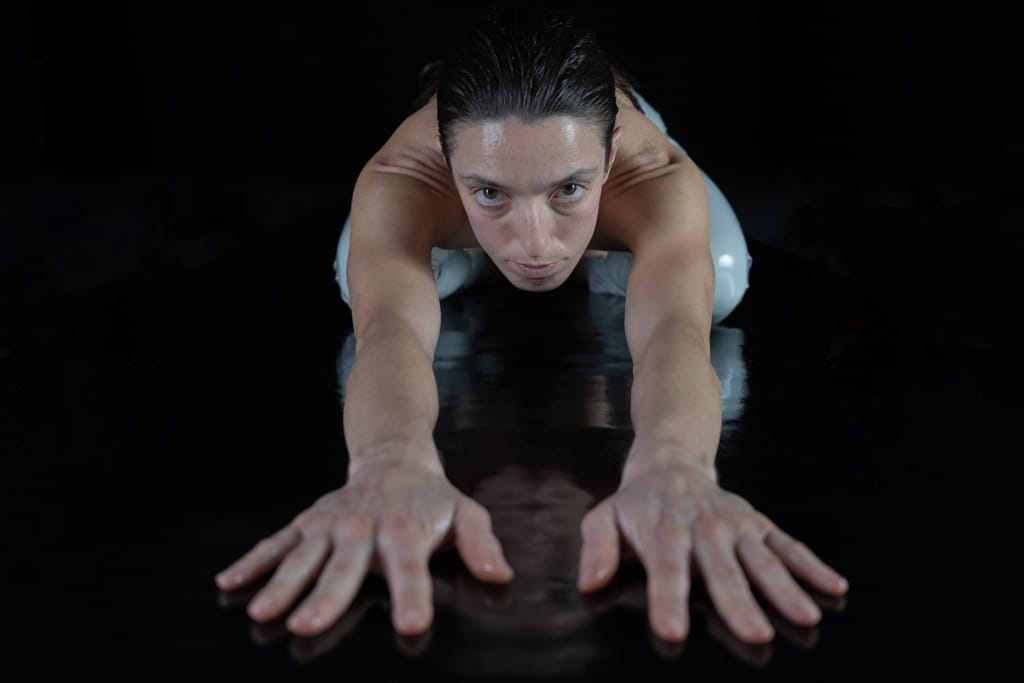
By staging your show in this way you break the linearity of the stage, both physically and relationally, manipulating the sounds and opening a dialogue with the audience. What does this decision reveal?
Sergio: With their precise placement, our bodies shape an immersive atmosphere around the viewers, as if we are all in a creative laboratory. We wanted to position the audience close, creating proximity, to make them feel and sense the two bodies moving.
Andrea: When we invited people to see the rehearsals, the most common feedback underlined the sensorial aspect of the show. The microphones now amplify the body oil on our movements and combine these sounds with the noises of the audience. We wanted to involve the public more and more in the show and thought about how to allow each spectator to take part actively, so we started to think about possible information to give or questions to pose. This element has the function of being like a mirror. I am not revealing information about myself but more pushing the person to think about who they are. “What should we talk about?” That moment is quite hilarious because the atmosphere is not formal anymore. The contrast breaks the tension in the room. People seem uncomfortable but also intrigued or amused by the strangeness of the situation. Everything that happens is a reflection of society.
Coming to the scenographic choices, the non-linearity of the strip, at a certain point, gives you the idea that something will not happen. The slippery aspect of the oil reminds you also of the impossibility of achieving something. There is no big finale or moral to share about what we learned today. However, everybody is looking at us, you can also look at the other spectators, and everybody is allowed to see each other in a way that communicates this particular state, as if it is all about us, about what we give each other.
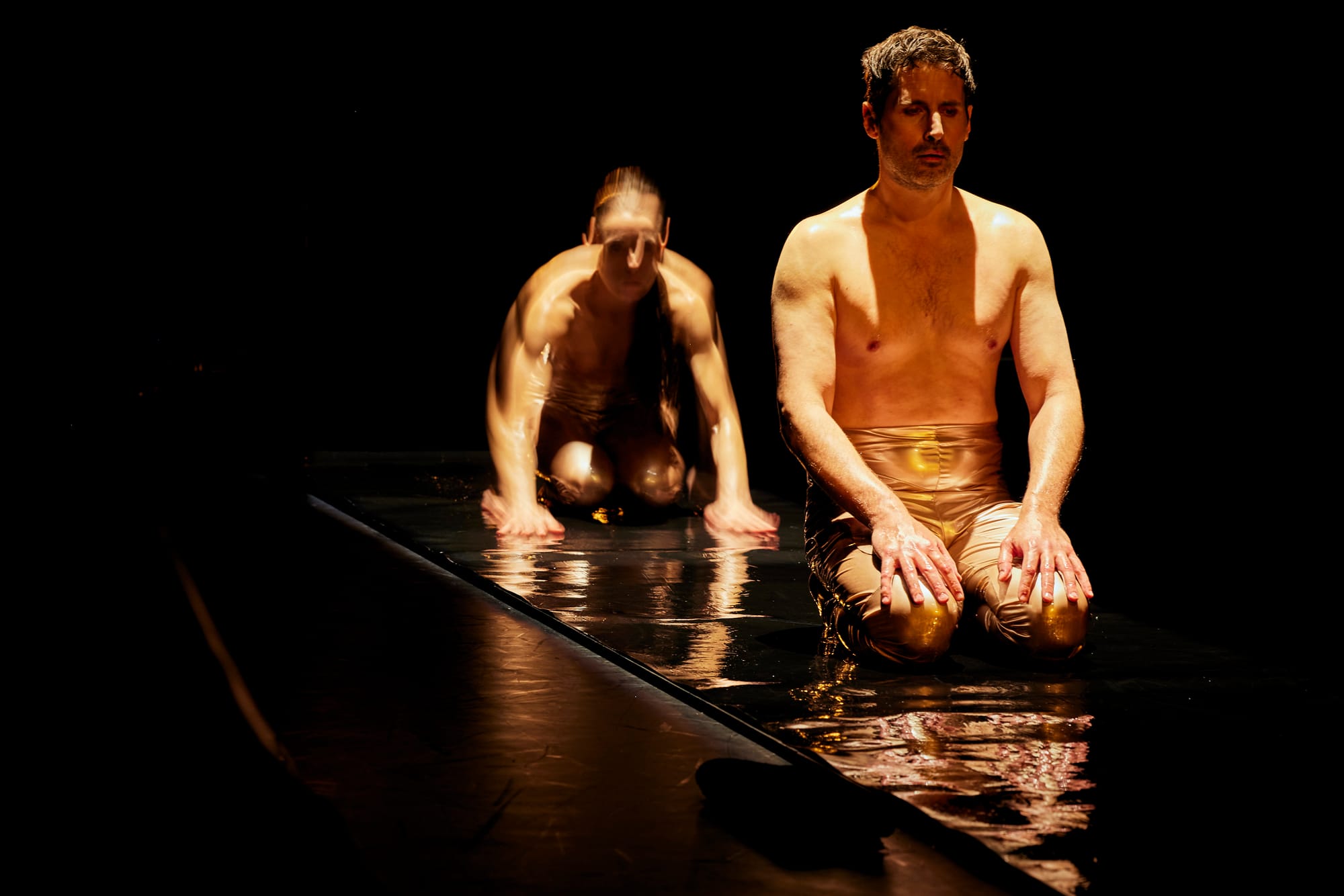
How has the circusnext journey helped you shape the project and what did you gain from its international reach?
Sergio: The program affected our writing, it has given us the possibility to confront our thoughts deeply with other personalities. Meeting, sharing reflections in the laboratories, seeing other artistic projects in their becoming, and receiving support for the residencies, all these factors and actions have enlarged our view of the show and connected the performance to various realities outside of Spain. We live in a society that is not gonna change if we don’t change our approach to artistic activities. The program created the possibility for us to talk about certain subjects that could have remained unheard or unseen.
Andrea: It has allowed us to find our research less ‘weird’, giving it a sense by placing it in an international context. Many other people stimulated our approach behind the scenes. Elena Zanzu helped us manage the beginning of the creation, and Johnny Torres fed us with thoughts, supporting us in structuring the context of our ideas. Mila Rodriguez nourished the more philosophical side of the piece, giving us precious authorial references and helping us clarify our intents. Marissa Paituví came to the studio with us to define and decide sharply the corporal final materials.
What is the future trajectory of Masha, do you have complementary activities to combine the show with?
Andrea: From the staging point of view, we are open to experimenting with a frontal adaptation of the show. We performed a work in progress once like this and it has the potential to put an accent on the automated body movements that intrigue us.
Sergio: We would love to combine the experience of the performance with participatory workshop formats for a small group of people. One approach we have in mind is more physical, around the body oil as creative material, studying how its use changes your physical behaviour in the space, affects your presence, modifies your movements and sounds. The other one, addressed in particular to adolescents but also for everybody, is shaped around body awareness.
